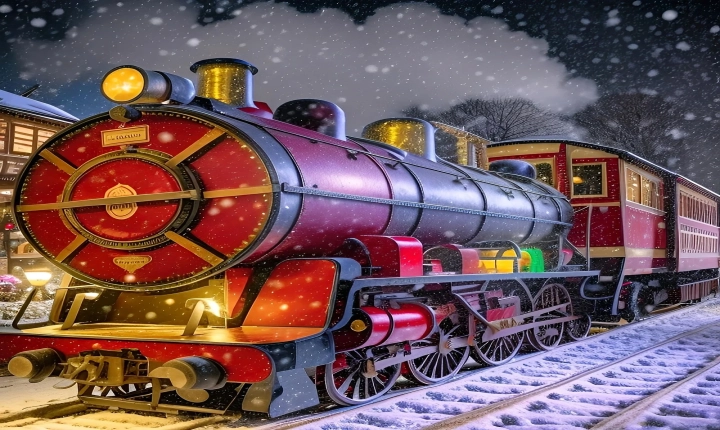Creating AI art has become a popular and exciting way for artists to explore the intersection of technology and creativity. Artificial intelligence has opened up new possibilities for generating unique and thought-provoking artworks, and it allows artists to experiment with new mediums and techniques. In this article, we will explore how to make AI art and the different tools and methods you can use to create your own AI-generated masterpieces.
1. Understanding AI Art
AI art involves using machine learning algorithms to generate images, music, or other forms of artistic expression. These algorithms are trained on large datasets of artwork and are then used to generate new pieces based on their learnings. The result is often a blend of human creativity and machine intelligence, producing artworks that are unexpected and innovative.
2. Choosing a Tool or Platform
There are several tools and platforms available for creating AI art. One popular option is Google’s DeepDream, which uses a neural network to transform images into psychedelic and surreal artworks. Another popular tool is Runway ML, which offers a user-friendly interface for creating AI art and exploring the potential of machine learning for artistic expression. Additionally, you can use programming languages such as Python with libraries like TensorFlow and PyTorch to develop your own AI art projects.
3. Training Your Model
If you want to create truly unique AI art, you can train your own machine learning model. This involves gathering a dataset of artworks and using it to train a neural network to generate new images. While this process requires technical knowledge of machine learning, it offers the potential for more personalized and original results.
4. Experimenting with Different Techniques
Once you have chosen a tool or platform, you can start experimenting with different techniques for creating AI art. This might involve altering the parameters of a neural network, applying custom filters and effects, or incorporating other forms of data, such as text or audio, into your artwork. The key is to embrace experimentation and playfulness, as AI art often thrives on unexpected and serendipitous results.
5. Integrating AI with Traditional Art
AI art does not have to exist in isolation from traditional artistic practices. Many artists combine AI-generated elements with their own creative input, using machine learning as a tool to explore new artistic possibilities. This can lead to fascinating and innovative artworks that challenge our understanding of creativity and authorship.
In conclusion, creating AI art is an exciting and rewarding endeavor that offers endless opportunities for experimentation and creativity. Whether you are a seasoned artist or a newcomer to the world of art, exploring the potential of artificial intelligence can be a stimulating and enriching experience. With the right tools and techniques, you can harness the power of machine learning to generate groundbreaking and thought-provoking artworks that push the boundaries of artistic expression.
